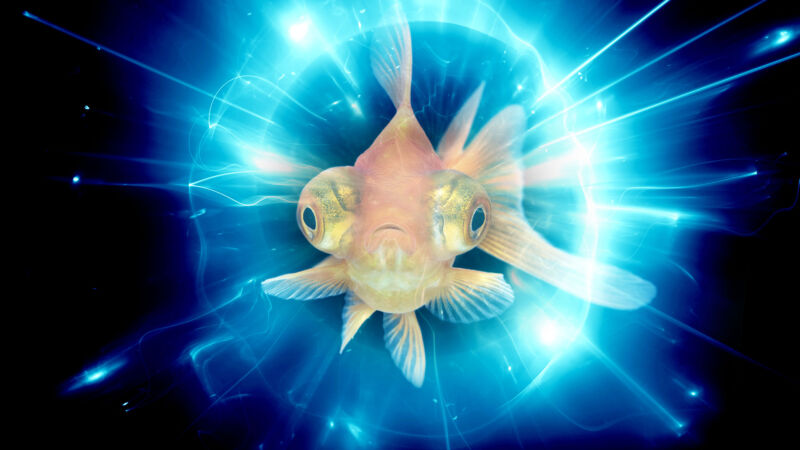Is it a wave or is it a particle? One never knows until it's measured, right? Alice in Wonderland applies as the sub-atomic world doesn't work like our classical one as there is no certitude, ever.
The Cheshire Cat
To whit
Its explanatory power is unmatched. Armed with the machinery of quantum theory, we have unlocked the secrets of atomic power, divined the inner workings of chemistry, built sophisticated electronics, discovered the power of entanglement, and so much more. According to some estimates, roughly a quarter of our world’s GDP relies on quantum mechanics.
Yet despite its overwhelming success as a framework for understanding what nature does, quantum mechanics tells us very little about how nature works. Quantum mechanics provides a powerful set of tools for successfully making predictions about what subatomic particles will do, but the theory itself is relatively silent about how those subatomic particles actually go about their lives.
For example, take the familiar concept of a quantum jump. An electron in an atom changes energy levels and thus either absorbs or emits energy in the form of one photon of radiation. No big deal, right? But how does the electron “jump” from one energy level to another? If it moves smoothly, like literally everything else in the Universe, we would see the energy involved change smoothly as well. But we don’t.
Go up to a goldfish and ask for its thoughts on fluid mechanics. You may hear “blub blub,” but you probably won't get a lot of insights. According to Heisenberg and Bohr, when it comes to the subatomic world, we’re just goldfish. We may experience some of the output of this strange world, but we should count ourselves lucky that we were able to make any progress at all in understanding it.

Aurich Lawson | Getty Images
Richard Feynman was right ...
If you think you understand quantum mechanics,
you don't understand quantum mechanics





No comments:
Post a Comment